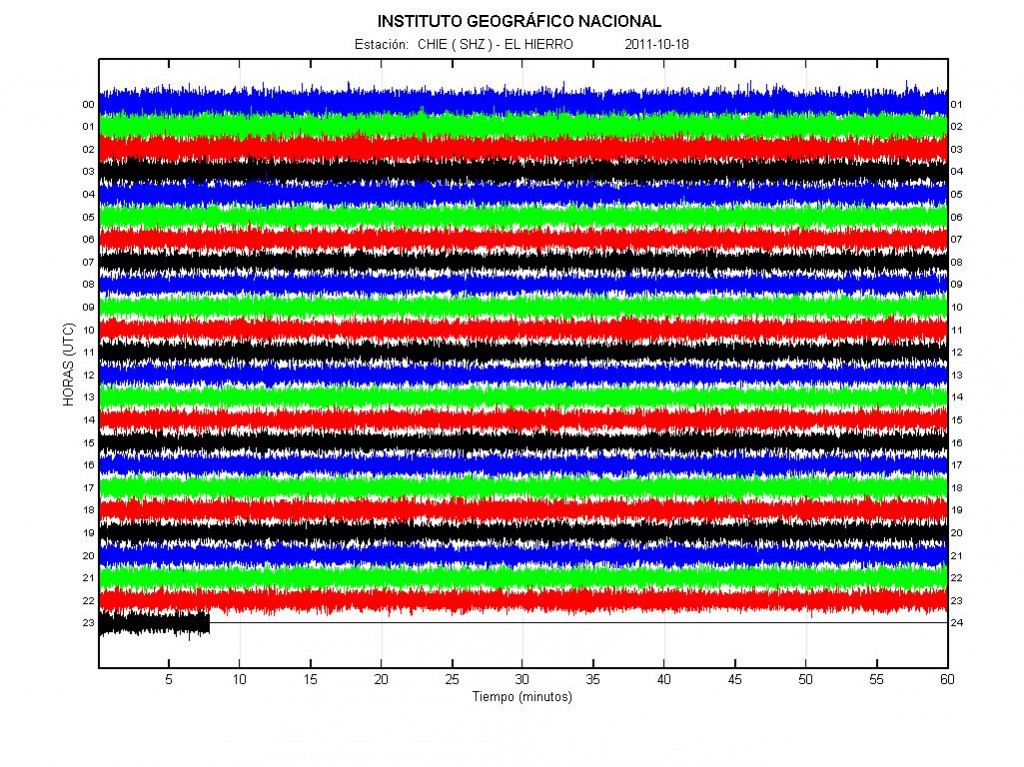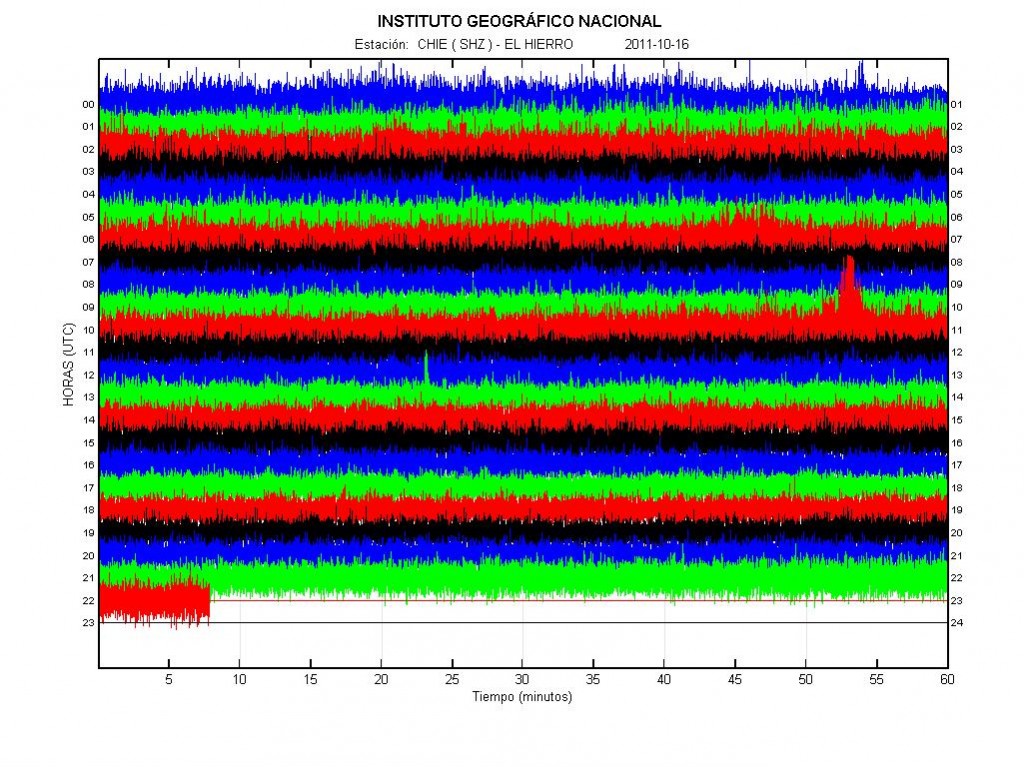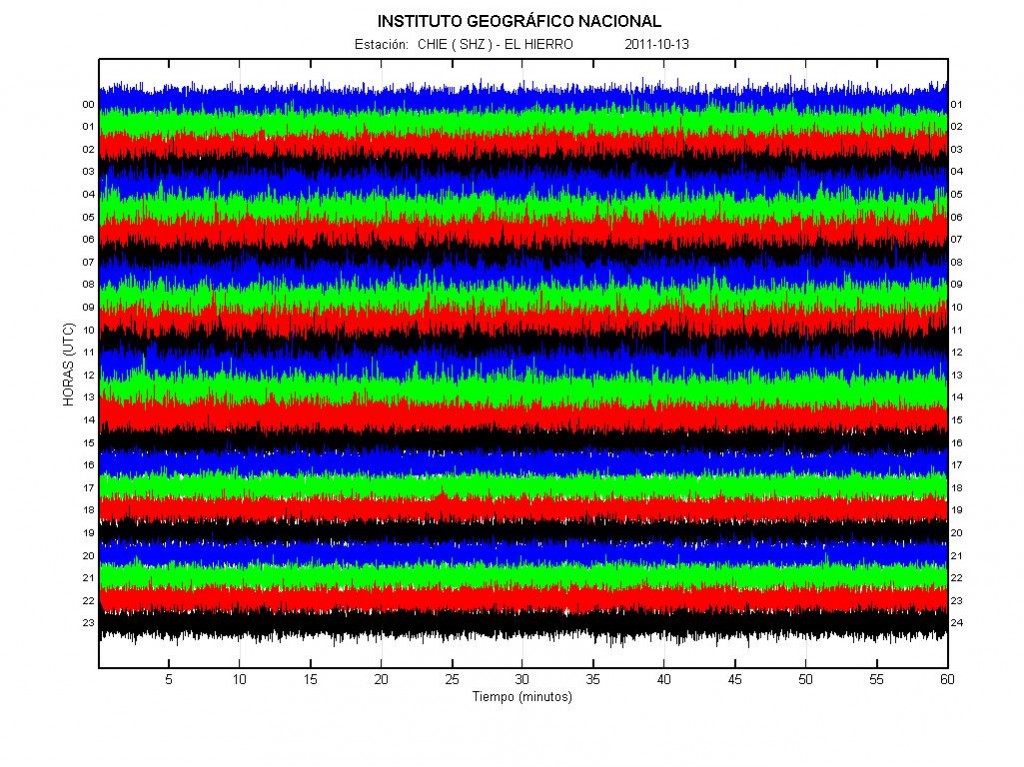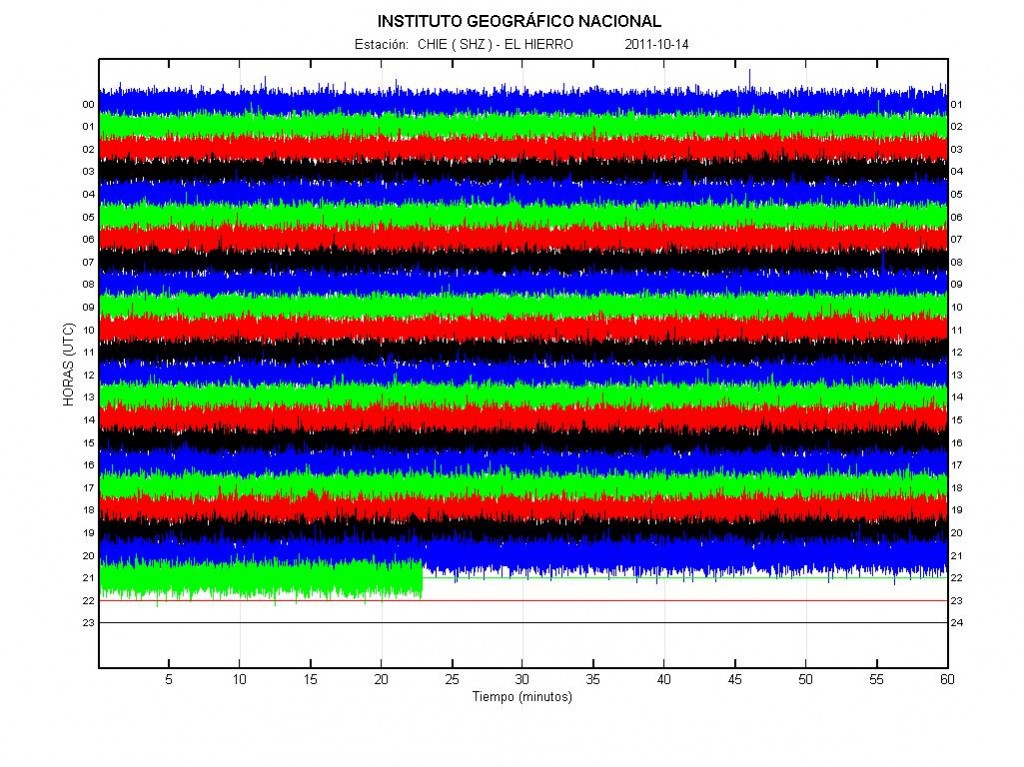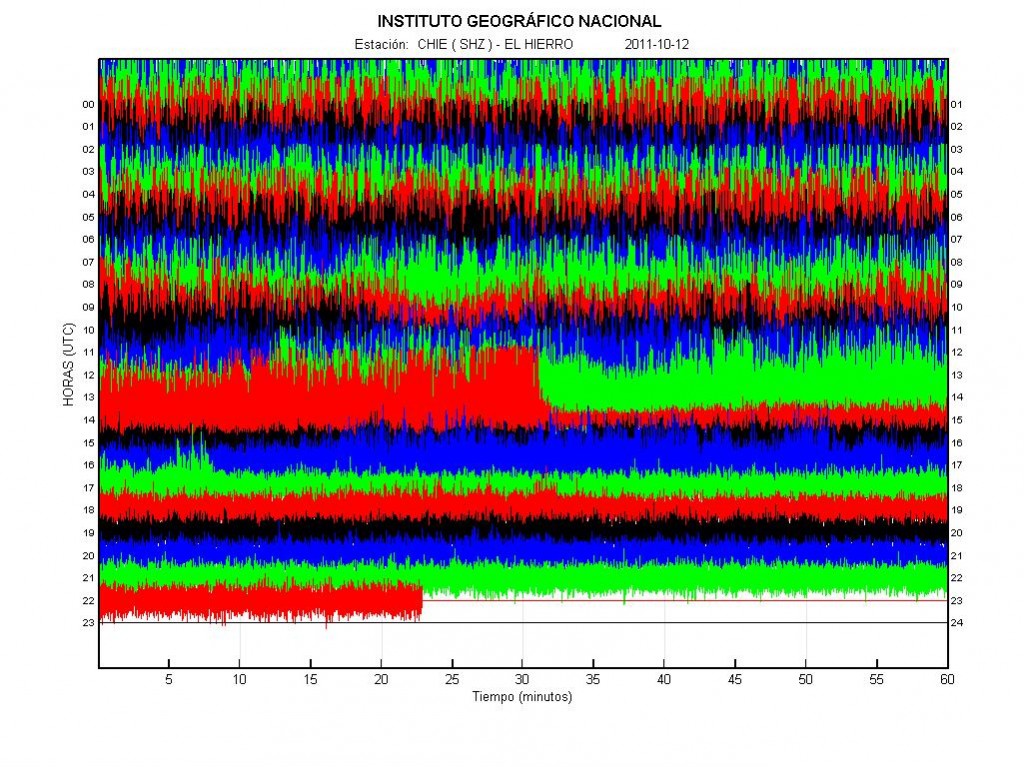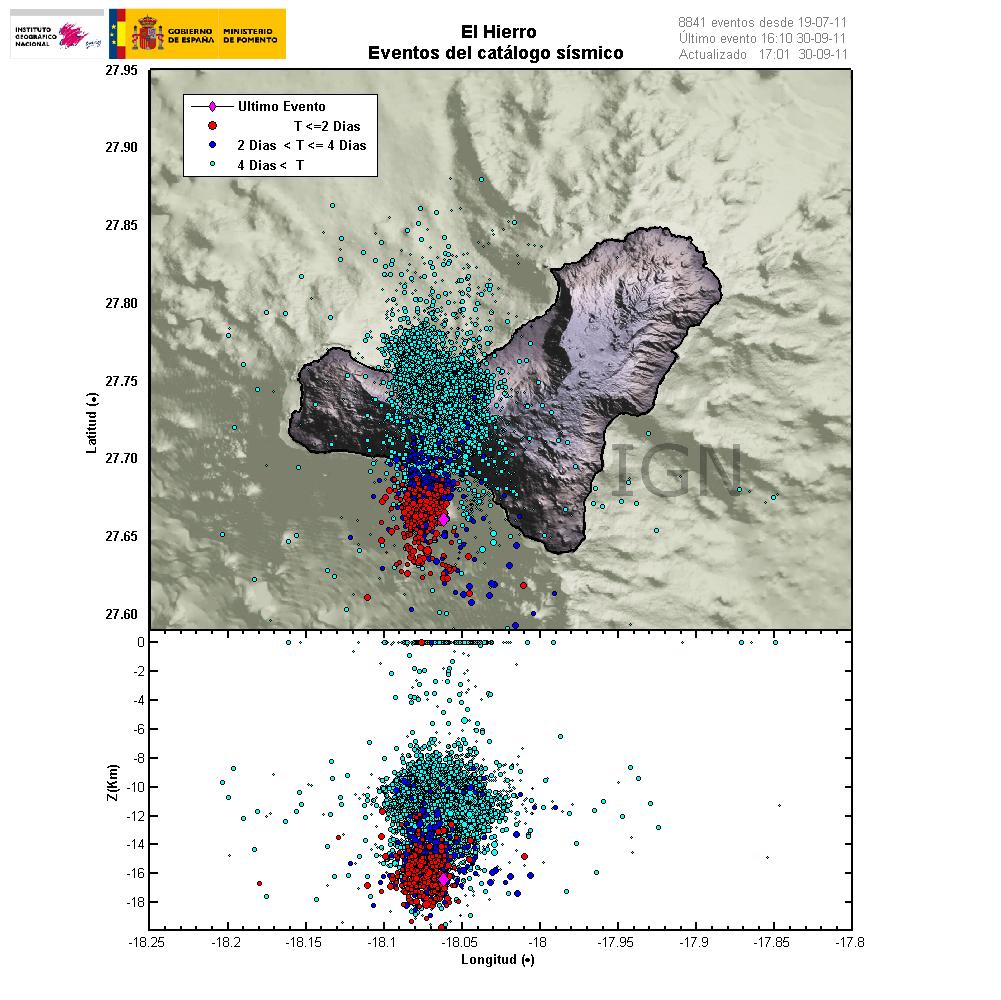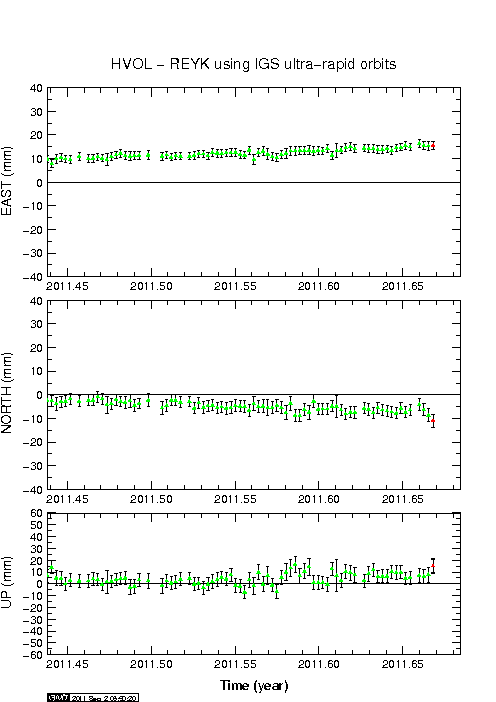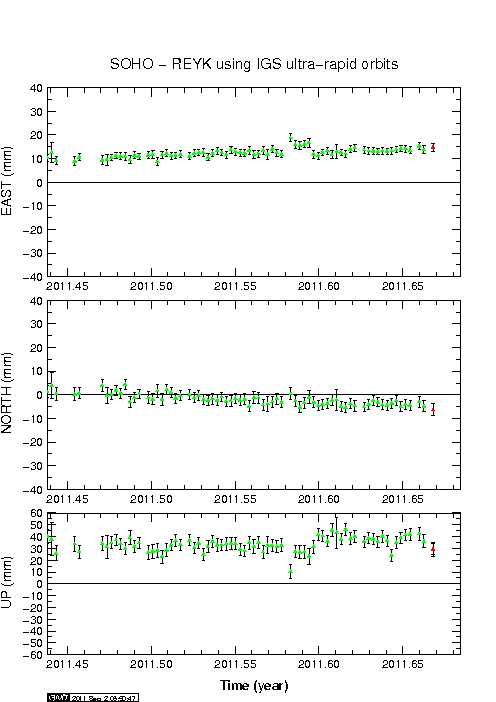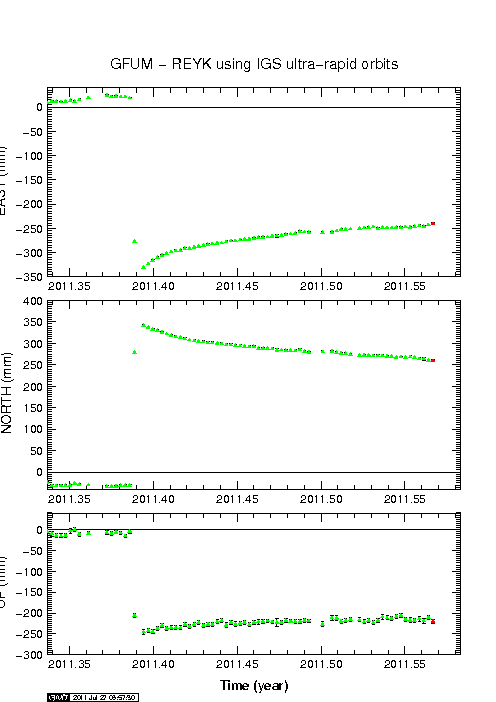Special note: Please notice that my (personal) watching system is also going to include the mainland of Spain (mainland Spain has two volcanoes that I am aware of, along with some earthquake activity) when I change it next month, along with Canary Islands. Everything else is also going to be a subject to a special reports if the event is important enough. That is not always going to be case however. But I am going to post more details on this in the beginning of next month.
****
Little seems to have changed in the eruption of El Hierro since my last update on it. That was on 19 October, 2011. Harmonic tremor is constant, but appears to have dropped a little in the past few days. But with the fluctuation that is often increases again before it drops down again. This means that the eruption is ongoing, but is loosing power to continue at current eruption vent. This was not unexpected. This has however not slowed down inflation in El Hierro from what I can gather on GPS data on El Hierro.
As the current eruption vents close down it seems that earthquakes have started again under El Hierro. But the earthquakes have the depth from 28 km and up to around 5 km. This strongly suggests that new magma is entering under El Hierro and is again increasing the pressure inside the El Hierro magma sill (or chamber, but note that El Hierro does not have a stable magma chamber it seems). This increases earthquakes while the magma does not have any good path up to the surface. When a new path for the magma starts to form again, a large earthquake swarm is going to take place in El Hierro. It is not going to be anything bigger then already has taken place in El Hierro already. With the largest earthquakes going up to Mb5.0 in size. That is at least my opinion.
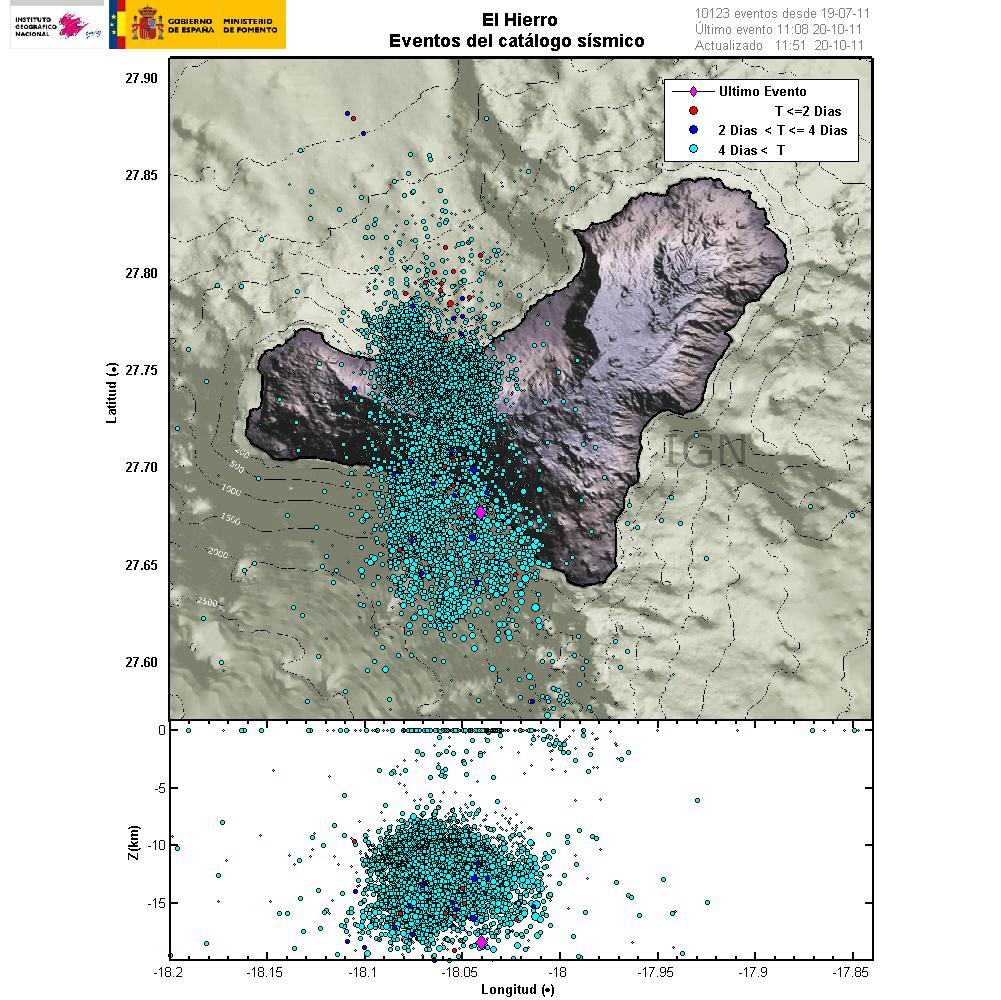
All the earthquakes that have happened in El Hierro since magma intrusions started in July 2011. This pictures clearly shows in my view the amount of magma (in terms of size, not volume) that is under El Hierro at the moment. As it is marked on the outer layers by the earthquakes. Copyright of this picture belongs to Instituto Geográfico Nacional.
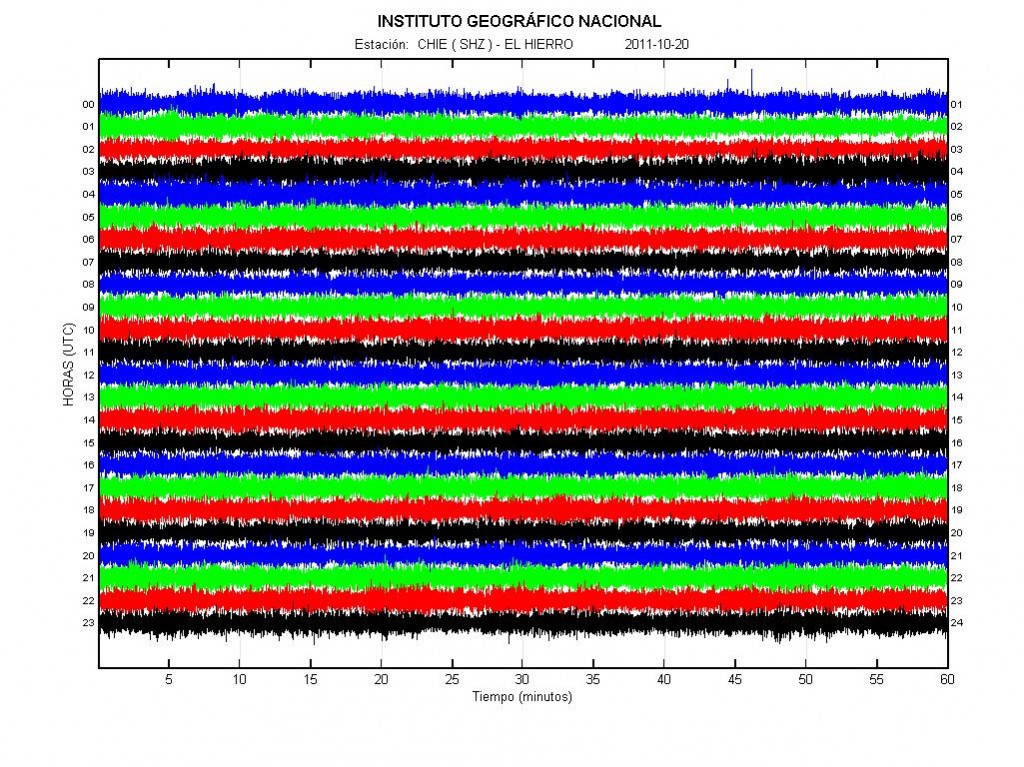
The harmonic tremor in El Hierro at midnight on 21 October, 2011. As can be seen, it fluctuates a little bit. Copyright of this picture belongs to Instituto Geográfico Nacional.
The major risk in the current eruption cycle of El Hierro is the risk that new eruption vent is going to open up nearby a human population without warning. But El Hierro has a lot of cinder cones from earlier eruption cycles. That creates the risk that a new eruption vent is going to open up on dry land without warning. But it is impossible to know when and where that might happen.
Claims that this eruption in El Hierro is going to create tsunami due to landslides are false and have no basic in fact or reality. As landslides are unlikely to happen in this eruption episode or if a eruption happens on dry land.

